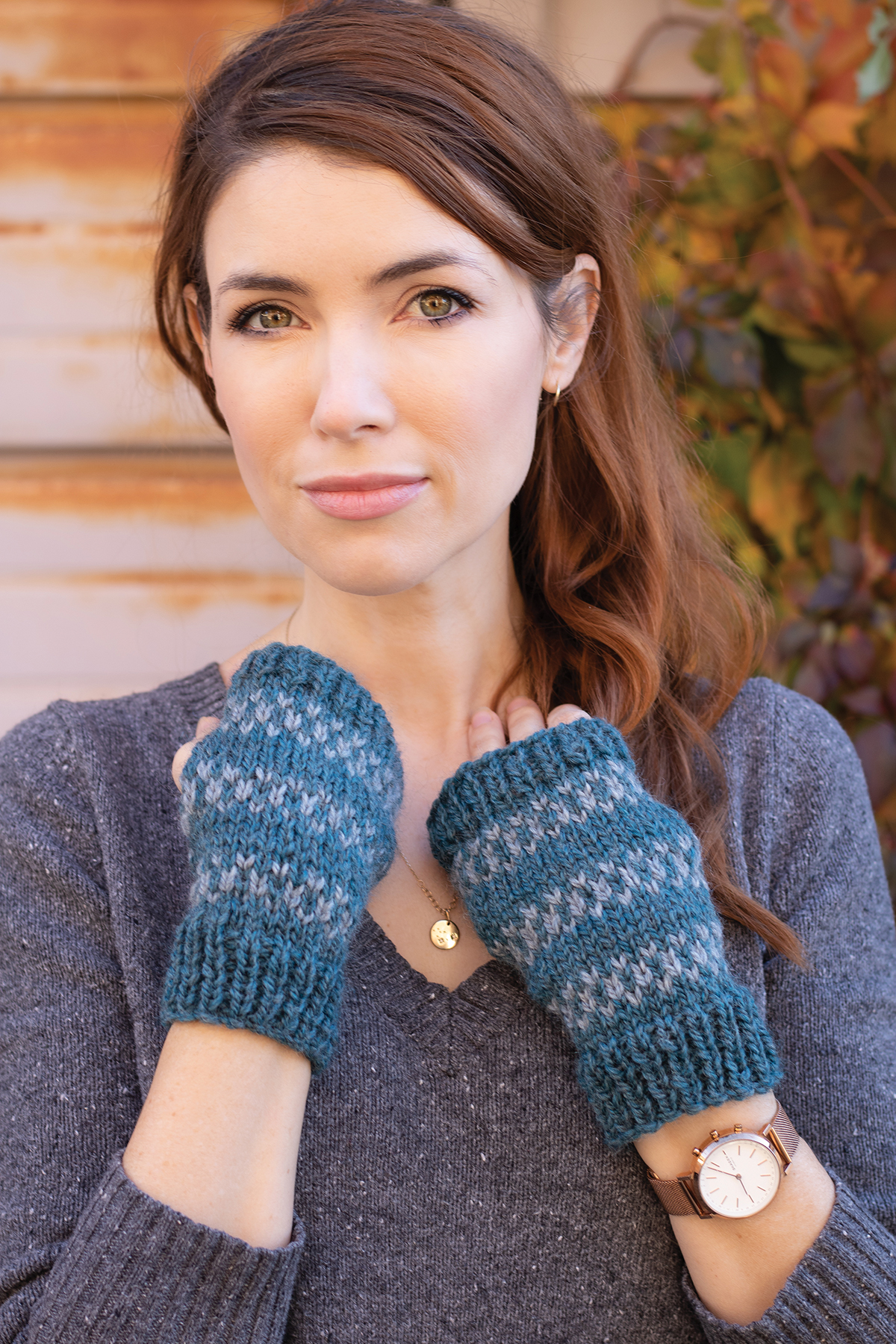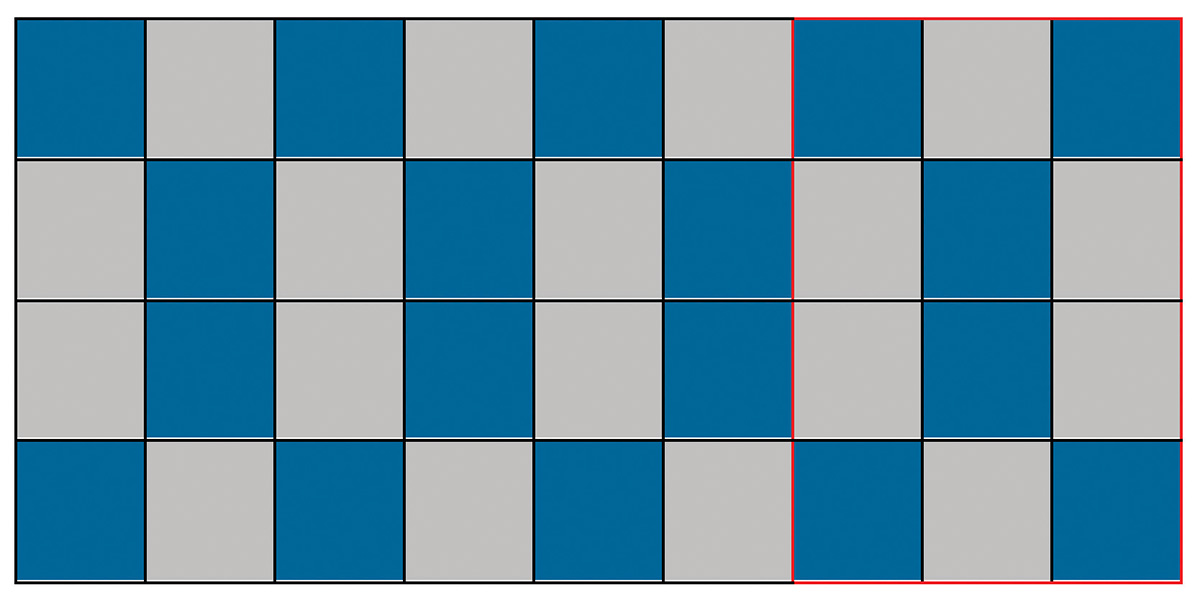
There is a scene in the classic 1939 film The Wizard of Oz that describes my mood these days, the way it is our modern penchant to describe our feelings with gifs and cartoons created by other people, illustrating a kind of quiet existential horror that would be hilarious were it not our reality. The scene is a very famous one. Dorothy’s house is picked up by a tornado and she stares open-mouthed looking out of the window, as chickens, trees, and a cow whiz by. They are followed by an old woman with a cat in her lap, her hands busily knitting while the twister rocks her rocking chair. She sees Dorothy and waves with delight, as though she was a favourite neighbour.
The woman’s not freaking out, in the eye of a twister. No, this lady has seen every dazzling and horrible thing and has stuff to do—like finish a sweater or something. She’s got no time to stand around, slack-jawed at the weather, like Dorothy.
That’s been the most accurate visual description of my mood for months. In the modern social media lingo, it me. Calm, detached, happy to see people from a safe distance while I knit something useful.
Of course, my idea of useful might be different from your idea of useful—but knitting gives me the illusion of control. Taking up a couple of sticks and some wool and turning it into something to keep warm with feels like a kind of magic, especially on the bad days when it’s hard not to feel the collective exile from whatever we miss most from the time before now. It probably is just a kind of modern magic, a charm against dread and anxiety.
I knit some fingerless mitts for my kids this fall, and they were so excited to wear them, which is exactly the sort of reaction you hope for when you give someone something you made with your own hands. I made them small, intricate ones, with lots of colourful stripes. I knit them carefully, as though tucking a little protection spell into the stitches, a talisman against whatever the winter will bring. I told them as much. Kids love magical thinking—and after months of a cloistered existence, when so many things feel stripped back to a bare root, I love it too. Why not have a little faith in some small, secret good?
I want to knit something for everyone I know. I want to wrap them in a small pocket of warmth, of protection against cold, both weather and mood. If we are going to ride out this tornado of change together, might as well make it a cozy tornado.
I walk my two children to school each morning, after checking that they have their hand sanitizer and three face masks each, and fill in the daily form that says I truly believe my kids are not experiencing any symptoms; a sort of administrative performance for everyone involved. I remind them not to touch their faces if they can help it, while they immediately rub their eyes. After that small circus, I walk back home, in the sunshine, as wind whirls leaves through the air, and I think about the creeks and rivers hidden underneath, a network of tunnels and sewers and water that somehow conducts a whole mysterious world underneath our feet.
Is the virus the river or the tornado? Is it the thing that is part of how we will live now or is it the storm that we are enduring? The metaphors that I want to reach for to create a sort of stoic understanding of this time, of what it means to exist and make things and write and raise children through all this, feel hard to reach—like they are just on the other side of some great expanse, some hero’s journey that we totally did not sign up for.
There is a human tendency, like describing our moods with gifs and emojis instead of actual words, to think that we should handle it better. That extra time we always craved, we now have, but the circumstances are all wrong, and we aren’t turning ourselves into the shining demigods we thought we would someday be, if only we had the time. We’re just ourselves, riddled with fear or anxiety or anger or the desire to buy more stuff in an attempt to fill up the chasm inside.
The tornado isn’t easy. It’s big, tumultuous change, and who knows what it will look like when we land. The question is, how are you spending your time inside it?
I know how I’m spending my time. I’ll be the one smiling and waving. I’ll be sitting over here, calmly knitting something warm.
Taddle Creek Mitts
A talisman to protect against future unknowns of the coming winter.
Gauge
20 stitches and 24 rows in a 4-inch square of stockinette. Take time to check gauge or your mitts might turn out too small or too big. Mitts as knitted will comfortably fit a 7-inch to 9½-inch palm circumference.
Needle Size
4.5 mm/U.S. 7
Yarn
Berroco Mercado, approximately ¼ of a skein (or other bulky weight yarn)
Colours Used in Sample
4153 Agua Marina (main colour)
4128 Cielo (contrast colour)
Notions
Tapestry needle to seam and weave in ends.
Stitch and Abbreviation Guide
K: knit
P: purl
MC: main colour
CC: contrasting colour
WS: wrong side of knitted fabric
RS: right side of knitted fabric
Pattern (make 2 mitts)
In MC, cast on 37 stitches.
Work in K1, P1 ribbing for 1½ inches.
Then work 2 rows of stockinette—knit all stitches on the right side, purl all stitches on the wrong side.
Begin working the colourwork stripe, which will be alternating your MC and CC. The repeat is outlined in red below.
Chart is 4 rows, starting on the RS.

Written Instructions for Chart
Row 1 (RS): *K1 in MC, K1 in CC,* repeat from * to * until 1 stitch remains, K1 in MC.
Row 2 (WS): *P1 in CC, P1 in MC,* repeat from * to * until 1 stitch remains, P1 in CC.
Row 3 (RS): *K1 in CC, K1 in MC,* repeat from * to * until 1 stitch remains, P1 in CC.
Row 4 (WS): *P1 in MC, P1 in CC,* repeat from * to * until 1 stitch remains, P1 in MC.
Then work 4 rows of stockinette in the MC.
Continue alternating between the 4 rows of the colourwork and the 4 rows of stockinette until you have 3 sections of the colourwork. After the third section, work 2 rows of stockinette in MC.
Then work ribbing section, beginning with a purl stitch (P1, K1). Work 4 rows of ribbing as established and then cast off.
Finishing
You now have two rectangles, and it is time to turn them into fingerless mitts. Turn the fabric so that the right side is facing in on itself, and fold the two edges together. The longer ribbing is the bottom cuff, and the top is the shorter ribbing, which will cover your knuckles. Using a tapestry needle, sew the edges together, starting from the bottom. Important: Do not seam your mitts all the way. Measuring as you go, stop seaming when you are 2½ inches from the top. Leave a gap in the side seam of about 1¼ inches, then seam the top. Using the tail from your cast off from the top is a good idea for the seam that is above the thumb opening.
Weave in all yarn ends (this means hide them on the inside), away from the edges.